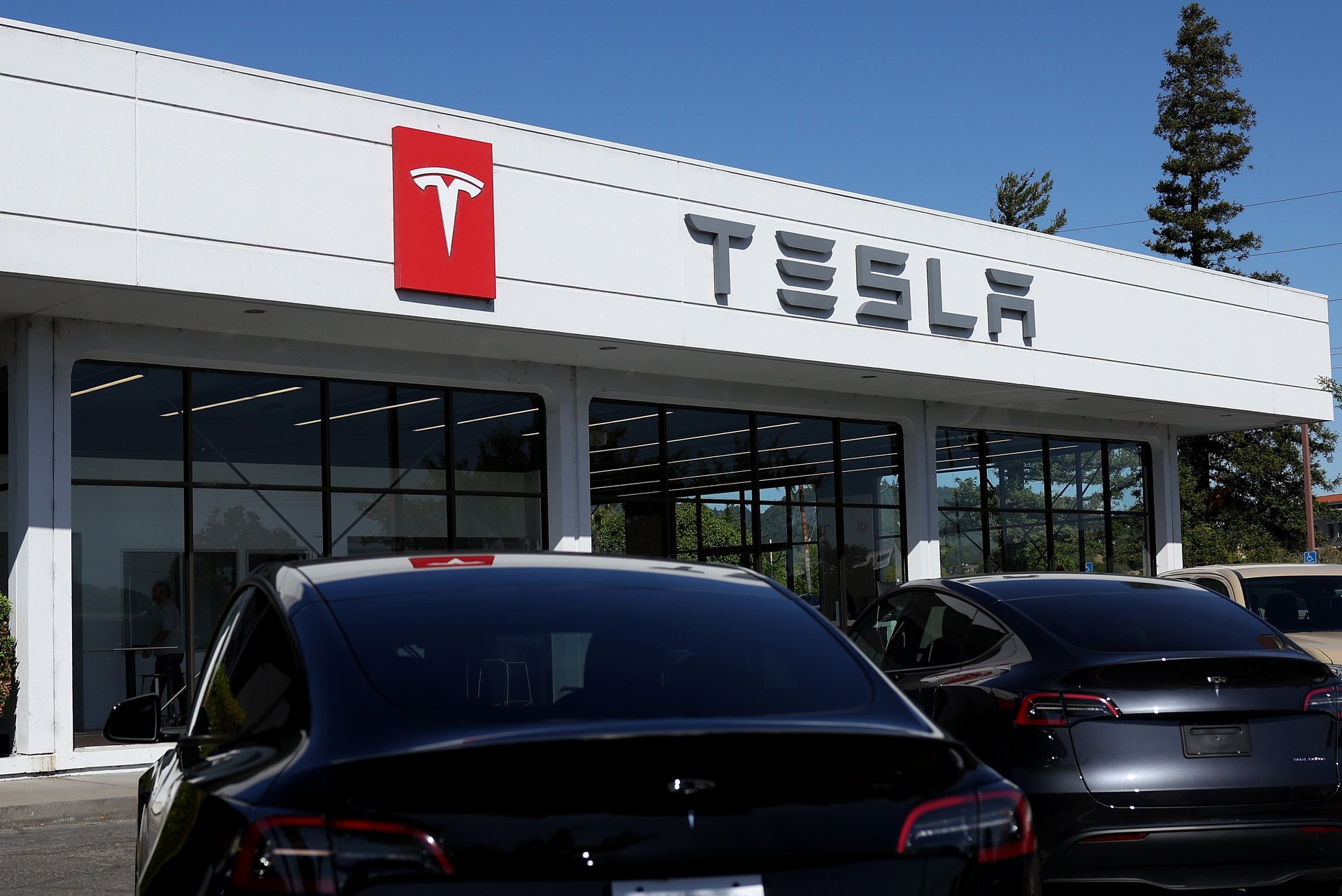Tesla's releases A.S.S. feature for its S.3.X.Y electric cars
The company has released Actually Smart Summon, which CEO Elon Musk proposed two years ago

Almost two years after CEO Elon Musk acknowledged that Tesla’s (TSLA) Smart Summon function wasn’t performing as well as hoped, the automaker has unveiled a new — and seemingly upgraded — version.
Suggested Reading
Tesla (TSLA) released the feature, Actually Smart Summon, on Labor Day, much to the amusement of both Tesla employees and fans. The software’s acronym is ASS, which will surely go well with Tesla’s S3XY line of electric vehicles (and the soon-to-be abandoned conference rooms at X, formerly known as Twitter).
Related Content
Advanced Smart Summon is designed to allow owners to order their vehicles to drive to their location, or another designated area, through Tesla’s app. The company also has “Dumb Summon,” which lets owners move their Tesla forward or backward manually through the Tesla app. Tesla’s release notes mention that both features should only be used in parking lots or driveways, and that owners should stay aware of their surroundings.
“Buckle up for the ride of your life, except, surprise! You’re not in the car,” the company’s release notes state. “ASS (Actually Smart Summon) allows your vehicle to come to you, or head to a spot that you choose, all on its own. It’s like magic, but with more tech and less wand-waving.”
Although the original version of Smart Summon that was released in September 2019 was appreciated by some fans, it was also known for its issues. The system became notorious for failing to register curbs, poles, and even trees, autoevolution reported in 2021. And, infamously, a Tesla reportedly called over by Smart Summon crashed into a $3.5 million private jet in 2022.
Unlike the older version, ASS relies on Tesla Vision, not ultrasonic sensors. Users also get a live feed from their Tesla’s cameras, allowing them to guide the vehicle if necessary.
Actually Smart Summon was first said to come by the end of September 2022, according to Musk. He later said it would arrive in late 2023 and then April, before it’s debut this week. The Tesla CEO has been interested in long-distance “summoning” since at least 2016, when he claimed a Tesla would drive fully driverless from Los Angeles to New York City by the end of 2017 (which never came to pass).
The release comes a little more than a month before Tesla is finally set to unveil Musk’s long-promised robotaxi in California. Self-driving vehicles — and artificial intelligence more broadly — are seen as core to Tesla’s identity and the key to its future by many analysts, and Musk himself.
In addition to Tesla’s plans for an eventual rideshare fleet of Teslas to match Uber, the automaker is building humanoid robots and a supercomputer. Musk’s xAI, which he has pushed for Tesla to invest $5 billion in, over the weekend turned on what he called the “most powerful AI training system in the world.”
